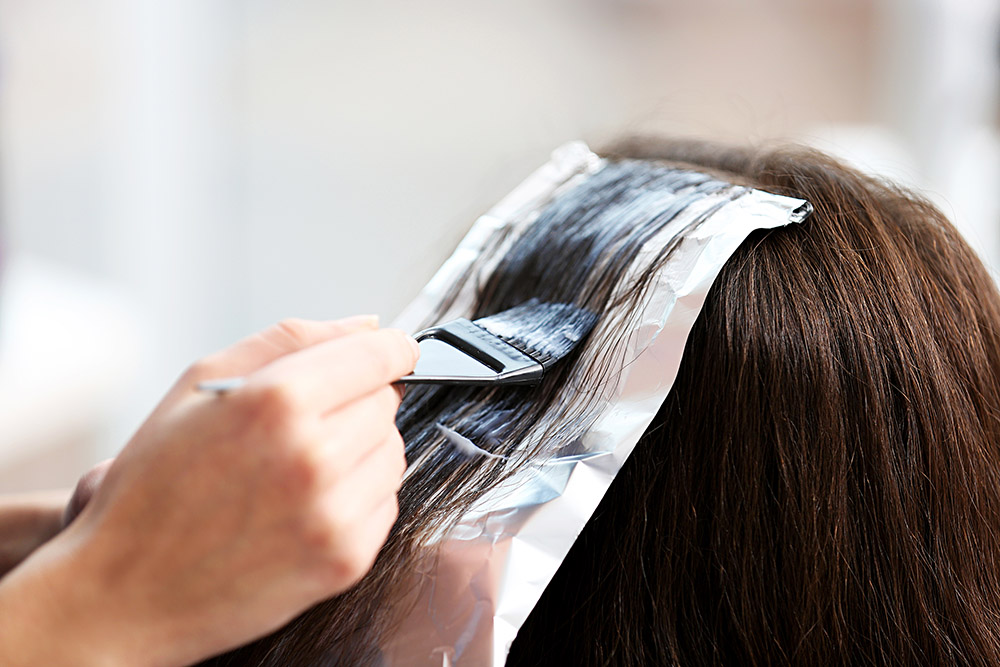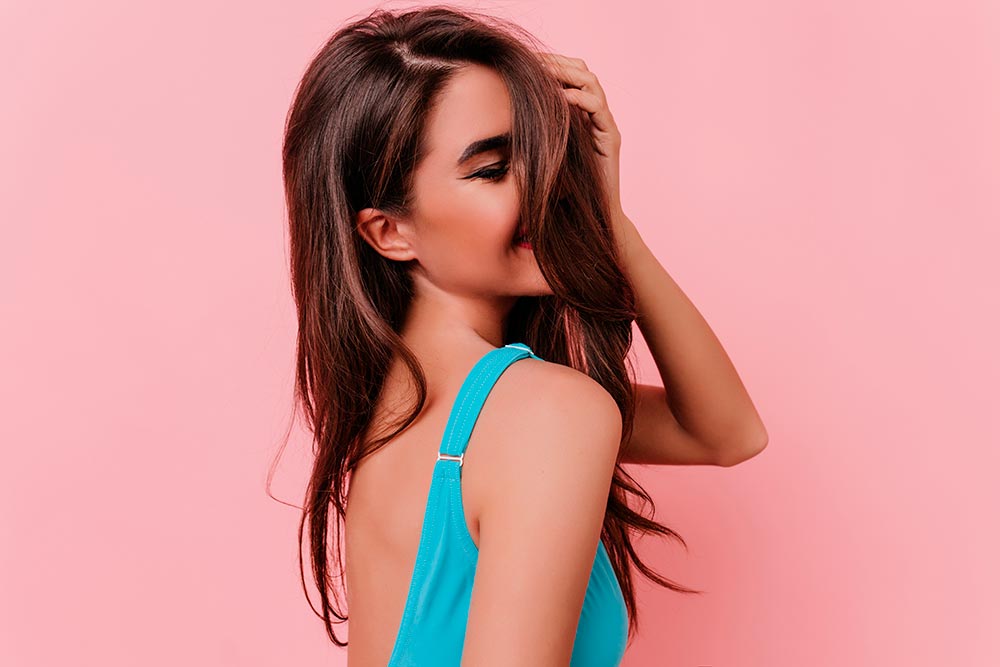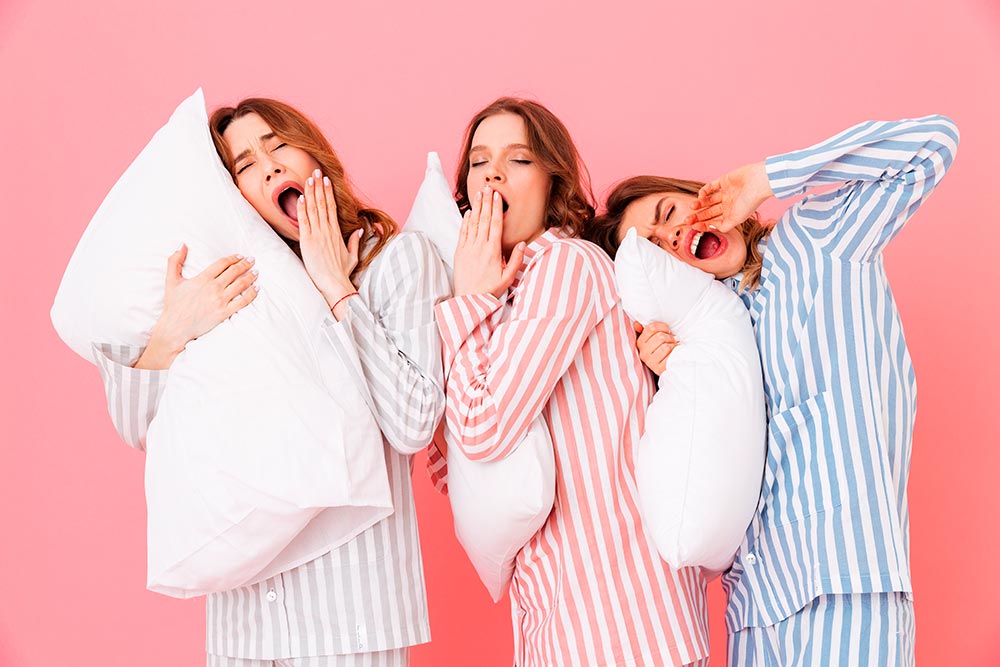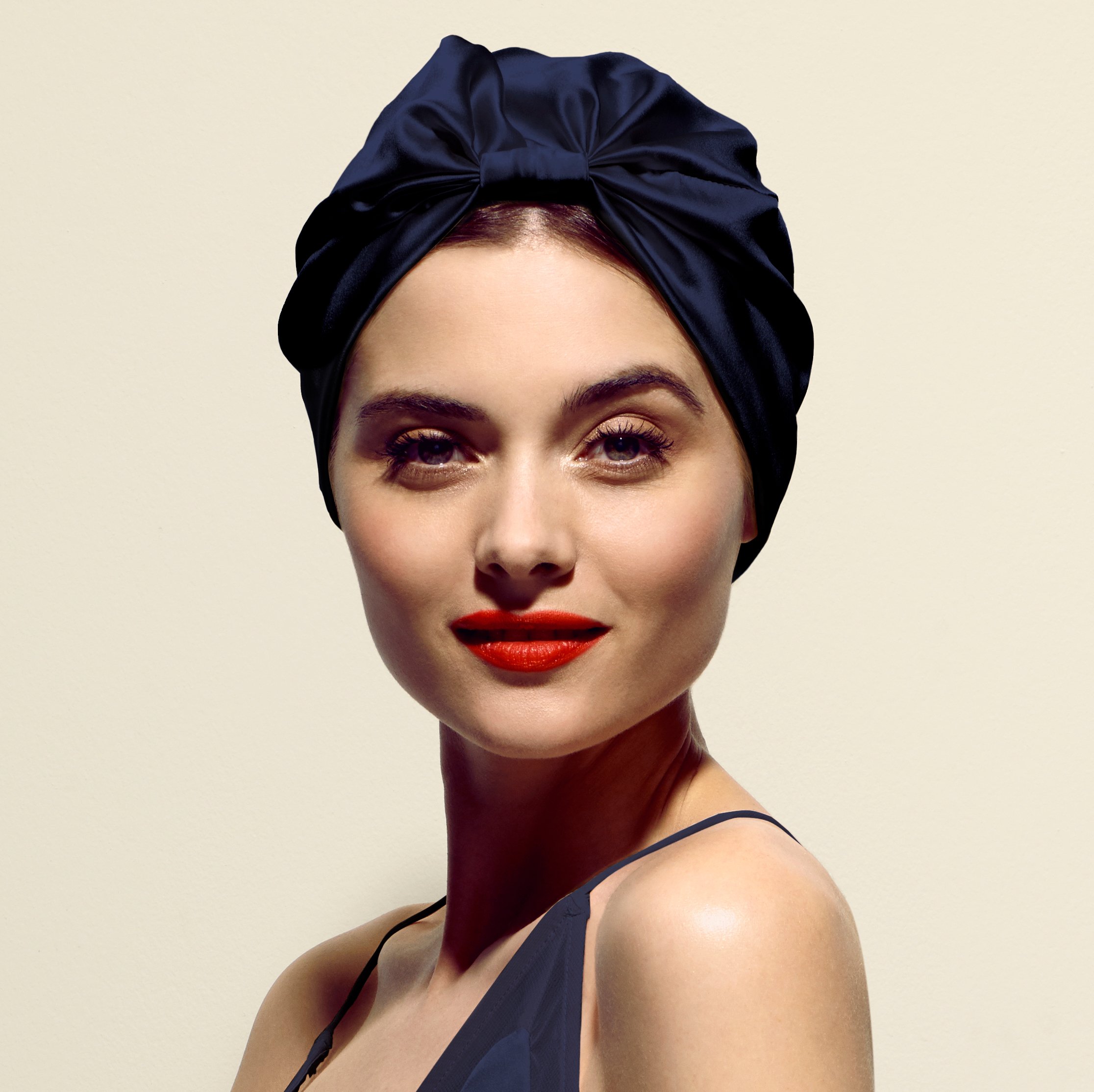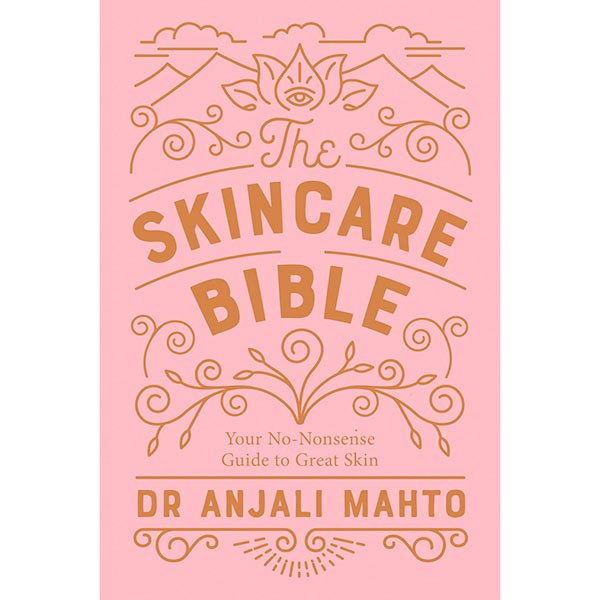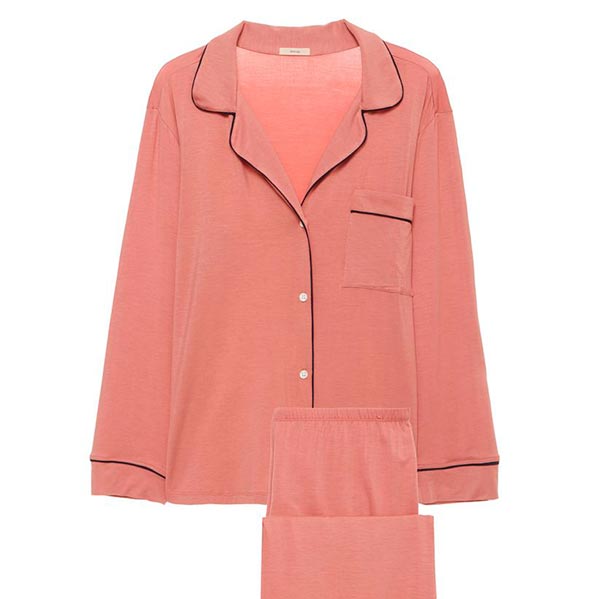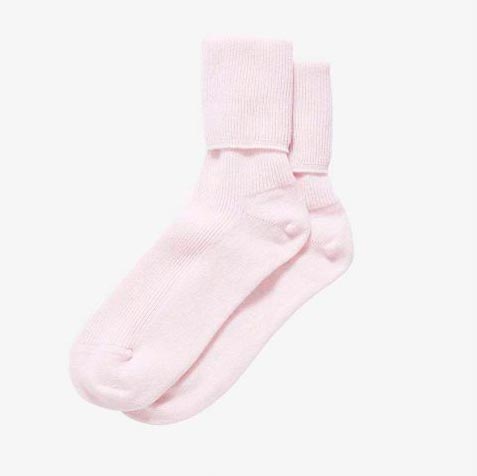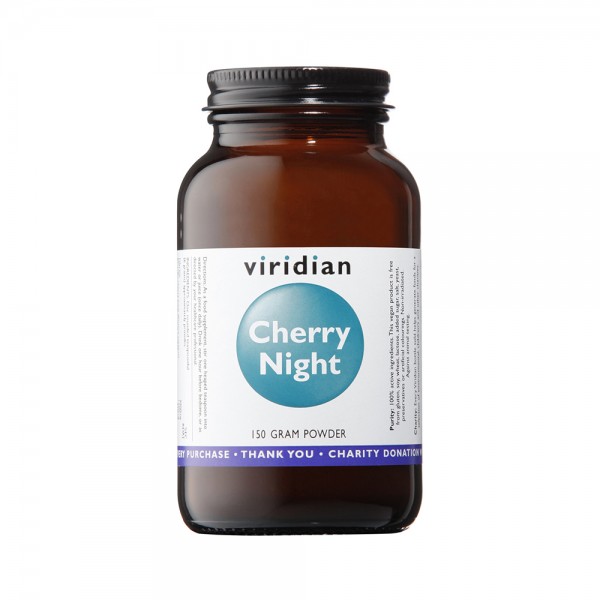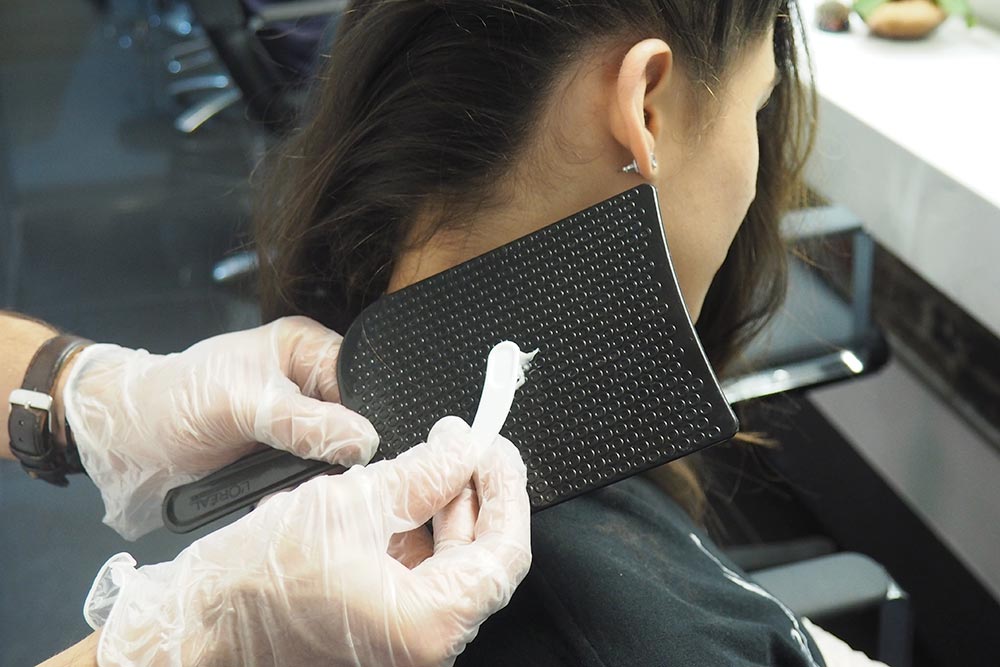Undeniably there’s a big difference in cost between getting your hair coloured in a salon and buying a box of dye in the supermarket to use at home. Here’s why I think salon colour is worth it every time.
- THE CRAFT OF COLOUR The expense of salon colour comes first and foremost down to the fact that you are paying for a trained expert who has spent years learning every aspect of the craft. Changing the colour of your hair permanently isn’t a decision that should be taken lightly, because it changes the physical structure of your hair. Not only are these experts thoroughly trained in handling the strong chemicals involved in the process, and not only do they have a vast array of colours and equipment at their fingertips, they have also learned how skin tone and hair colour interact as well. Using their trained eye and artistry skills, they can tailor your colour to complement your complexion, face, hair type and lifestyle for a truly bespoke finish. From juniors to the most senior colourist, each member of salon staff is in situ to deliver the finest experience and result.
- SAFETY Used incorrectly, the chemicals involved in colouring hair can have damaging effects. Hair colour, for example, contains allergens that can cause a wide variety of allergic reactions, from cases of rashes and hives, to hospitalisation and even fatalities. The most common allergen is paraphenylenediamine or PPD and is found in over 99% of permanent hair dyes. You may or may not be aware that it has been a legal requirement for all hairdressers to carry out patch tests prior to colour services. Reputable salons will never guarantee your appointment until that test has been done. With such factors in mind, safety should always be at the forefront when colouring hair both at home and in a salon. This is undeniably easier in the salon, where extensive safety procedures are in place. Should - god forbid - an accident happen then the correct equipment and fully trained and insured staff are immediately on hand to respond. This is not the case at home.
- SALON DESIGN Salon owners invest heavily to ensure the salon environment is ideal for cutting and colouring hair. Seats are designed to support our backs, backwashes to guarantee the best shampoo and treatment services and lighting arrangements such that our hair colour and skin tone are rendered in a faithful way. Light must be even, natural and free from shadows.
- HAIR HEALTH Colouring our hair compromises its health in varying degrees. In a salon environment however, the styling and colour experts have a wealth of expertise and first fate products that enable them to best prescribe a routine to maintain and enhance hair health both professionally and at home.
Salon hair colour is expensive, I don’t deny that, but now I hope you understand a bit better why it’s well worth the investment. Brilliant hair colour is truly transforming!
All students can benefit from 30% off all hair services upon presentation of a valid NUS card. Bookings can be made via our reception on 0207 235 3654.





